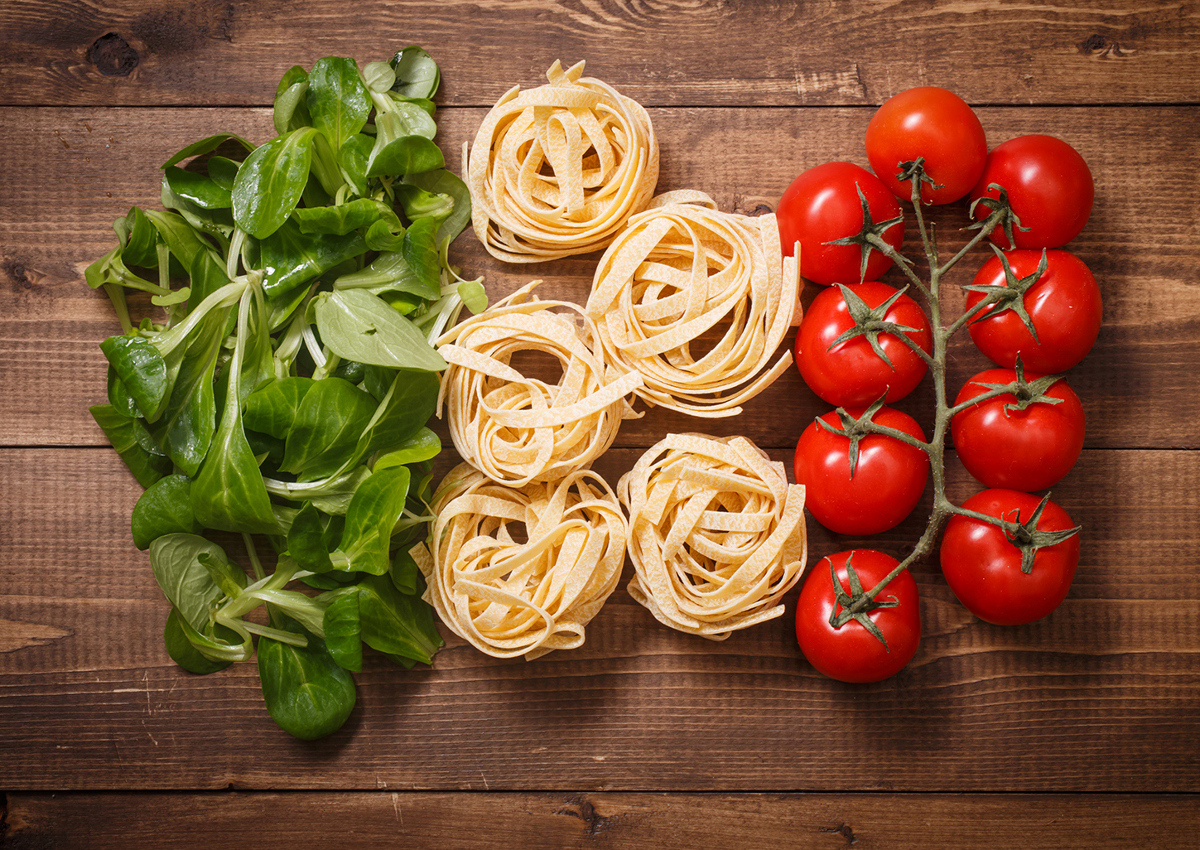In spite of the tightening of duties, the return to protectionism, the rejection of free trade agreements, and Brexit at the gates Italy’s food exports in this (almost) first half of 2018 continue to run, growing by 3.5% compared to 2017. However, given that at the moment we are still in a phase of ‘threats’ and not ‘obstacles’, we must not fool ourselves: all the problems described above prefigure a future scenario, although potentially imminent, says Denis Pantini, Head of the Agri-Food Area of the consulting and market analysis Italian company Nomisma.
Italian food exports over the top
Looking at the growth of Italian exports by single destination market, in most cases they are running more than those of competitor countries. While in the USA total food imports (in terms of value) fell by 4% over the period, imports from Italy increased by 4.5%. Something similar can be observed in Canada: given a 6.8% decrease in overall food imports, imports of Italian products increased by 4%. As for Europe, there was a 2.6% increase in food imports from Italy in the UK (compared to a total -2.4%), while in Germany’s imports from Italy increased by 5.8%. Finally, in Japan, with which the Economic Partnership Agreement (EPA) has just been signed, food imports grew by 1.6% against an overall reduction of 5.3%.
Italian food countertrend
Indeed, Italian food exports are is in sharp contrast to the global trend. Italy ‘does better than the market’; therefore, the possible impacts for the Italian food sector – that could result from a reduction in the propulsive thrust of international trade – must be carefully assessed says Pantini.
The reasons for the success of Made in Italy
A driving force which is putting Italy above all other competitors (with the exception of France, which is in top position by a few decimals in terms of food exports growth). This is also due to the good results achieved outside the traditional markets of Western Europe or North America, as in the case of Mexico (where Italian food exports grew by 23%), South Korea (+20%), Romania (+13%) or Poland (+8%). In the latter, in the last five years food & beverage imports from Italy have increased by 46%, also thanks to local consumers’ higher income levels. In the coming years, Polish consumers should see their incomes grow more and more (forecasts indicate a +18% increase in GDP per capita in the next five years).
Agrifood Monitor Forum 2018
In relation to these performances and to the fundamental role of exports, the evaluation of existing opportunities and possible impacts deriving from the various threats that lie ahead will be the topics that will be discussed during the Agrifood Monitor Forum 2018 on September 28. The Forum will be an opportunity to examine the possible effects of Brexit on the Italian food system and the positioning, reputation, and perception that food & beverage (in particular Italian cured meats) are receiving among Polish consumers.

